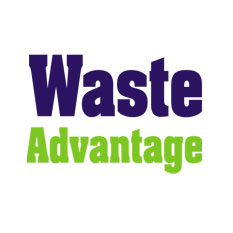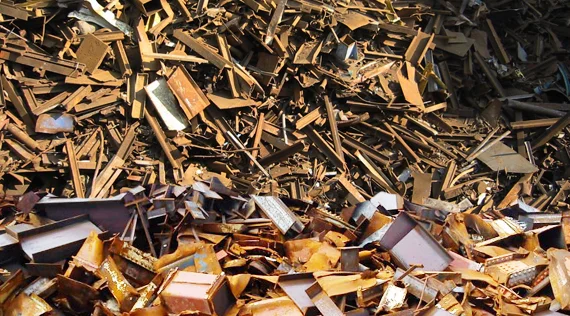Vermont Passes First-in-the-Nation HHW EPR
Waste & Recycling | 2023-05-22 00:02:26
HHW EPR programs have operated successfully in Canada since the 1990s and, in the past few years, expanded to new provinces based on that success.
SEATTLE (Waste Advantage): Many household products – including cleaning fluids, varnish, paint removers, fuel additives, and gas cylinders – contain toxic and/or flammable ingredients. Although the U.S. Environmental Protection Agency sets stringent requirements for hazardous waste generated by businesses, it does not regulate household products that contain the same hazardous materials. Known as Household Hazardous Waste (or “HHW”), these products should require special handling once consumers are finished using them. Many local governments run HHW collection events to help residents safely dispose of these products, but these events are infrequent and often underfunded; others build and operate permanent facilities that collect HHW year-round, but at a major and growing expense to taxpayers and government. In many communities, where there is a lack of collection facilities or events, or inconsistent HHW collection services due to the limited resources of local governments, significant quantities of these materials are disposed of in the trash or down the drain – it is estimated that 855 tons or more per year of HHW are being disposed of in landfills in Vermont. These unsafe disposal practices contaminate the environment and threaten the safety of drinking water; when stored at home, HHW puts children and pets at risk for poisoning and can cause fires or release dangerous pollutants during flooding. This is the problem that Vermont set out to solve with first-in-the-nation HHW Extended Producer Responsibility – known as “EPR” – legislation, which is now on Governor Phil Scott’s desk.
H.67 creates a statewide HHW EPR program, which will be managed and sustainably funded by the manufacturers of these products. Local governments will have the opportunity to participate in the program and be reimbursed by manufacturers for their costs of collection; they will also save money as transportation and processing costs are assumed by manufacturers H.67 is consistent with current EPR best practices and contains key elements necessary for implementation of an effective HHW EPR law, including:
Performance goals to measure progress;
Annual reporting to provide transparency and monitor program implementation;
Education and outreach to raise public awareness about how to safely manage HHW and reduce leftover products, including targeted to Vermont’s diverse ethnic and environmental justice populations; and
Opportunities to improve the plan as the program is implemented and matures.
HHW EPR programs have operated successfully in Canada since the 1990s and, in the past few years, expanded to new provinces based on that success. In Manitoba, collection volumes increased four-fold in the first five years of program implementation; in British Columbia, more than 131,000 gallons of HHW were collected in 2017. Over the past decade, PSI analyzed the operational feasibility of EPR for HHW in the U.S., as well as best practices and lessons learned from existing programs across Canada.
“H.67 is the first law in the United States that brings producers of the most toxic and consequently difficult and costly to manage portion of the waste stream to the table to develop a plan that creates cleaner land and water for all Vermonters,” said Jen Holliday, Director of Public Policy and Communications for the Chittenden Solid Waste District (CSWD) and a PSI Board member, who has been working on this legislation since 2017. “In addition, producers will now be incentivized to develop less-toxic household products. We are hopeful Governor Scott will sign this bill.”
Courtesy: www.wasteadvantagemag.com
 By
By 